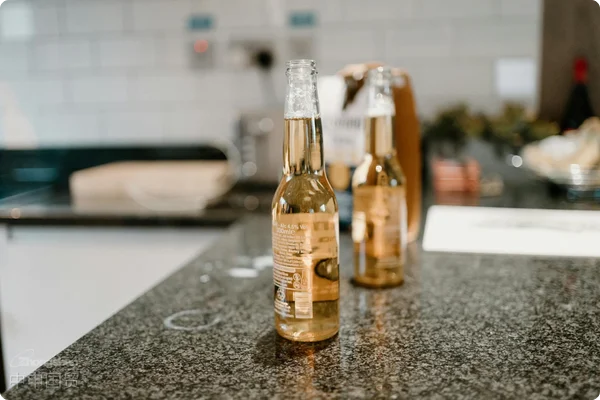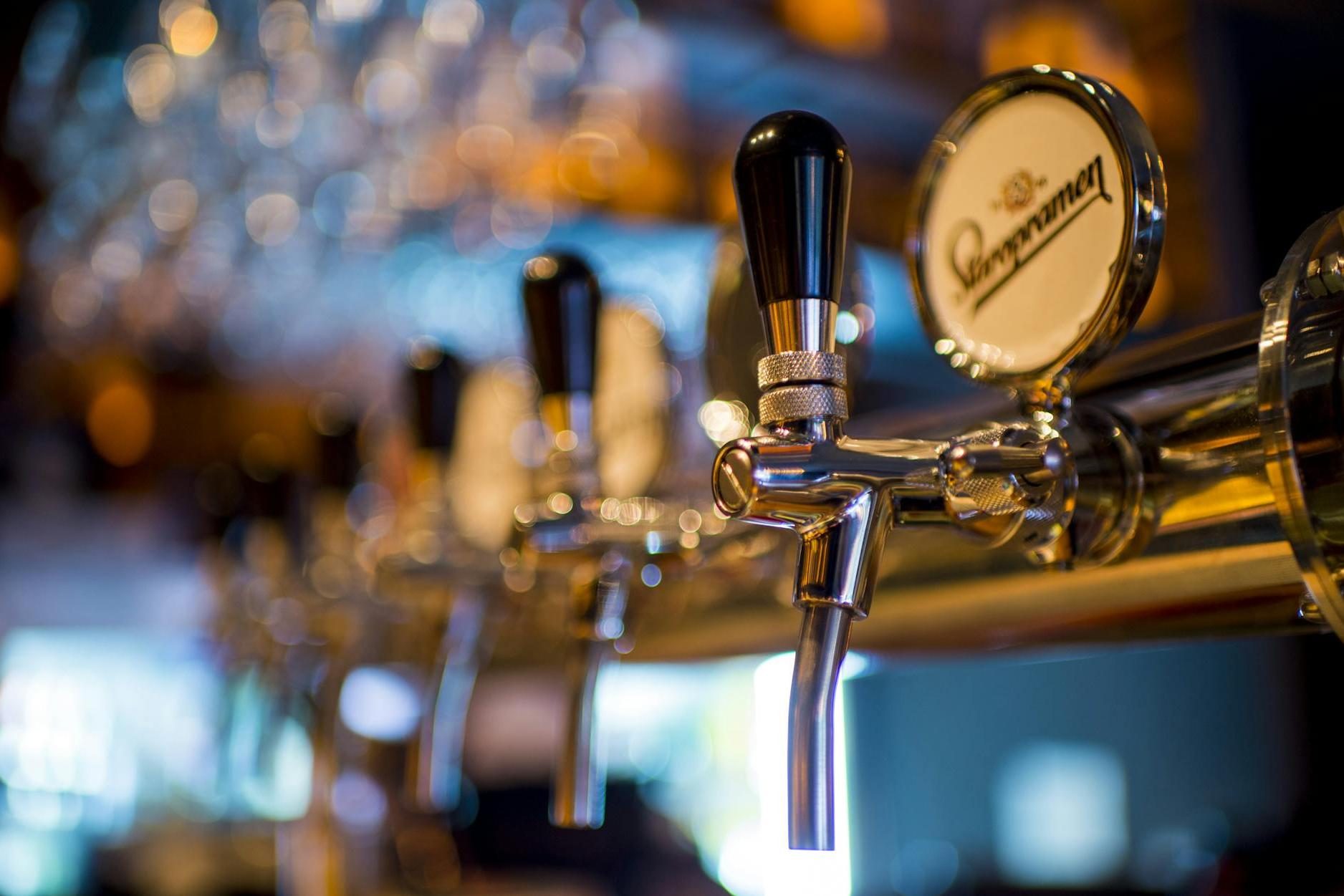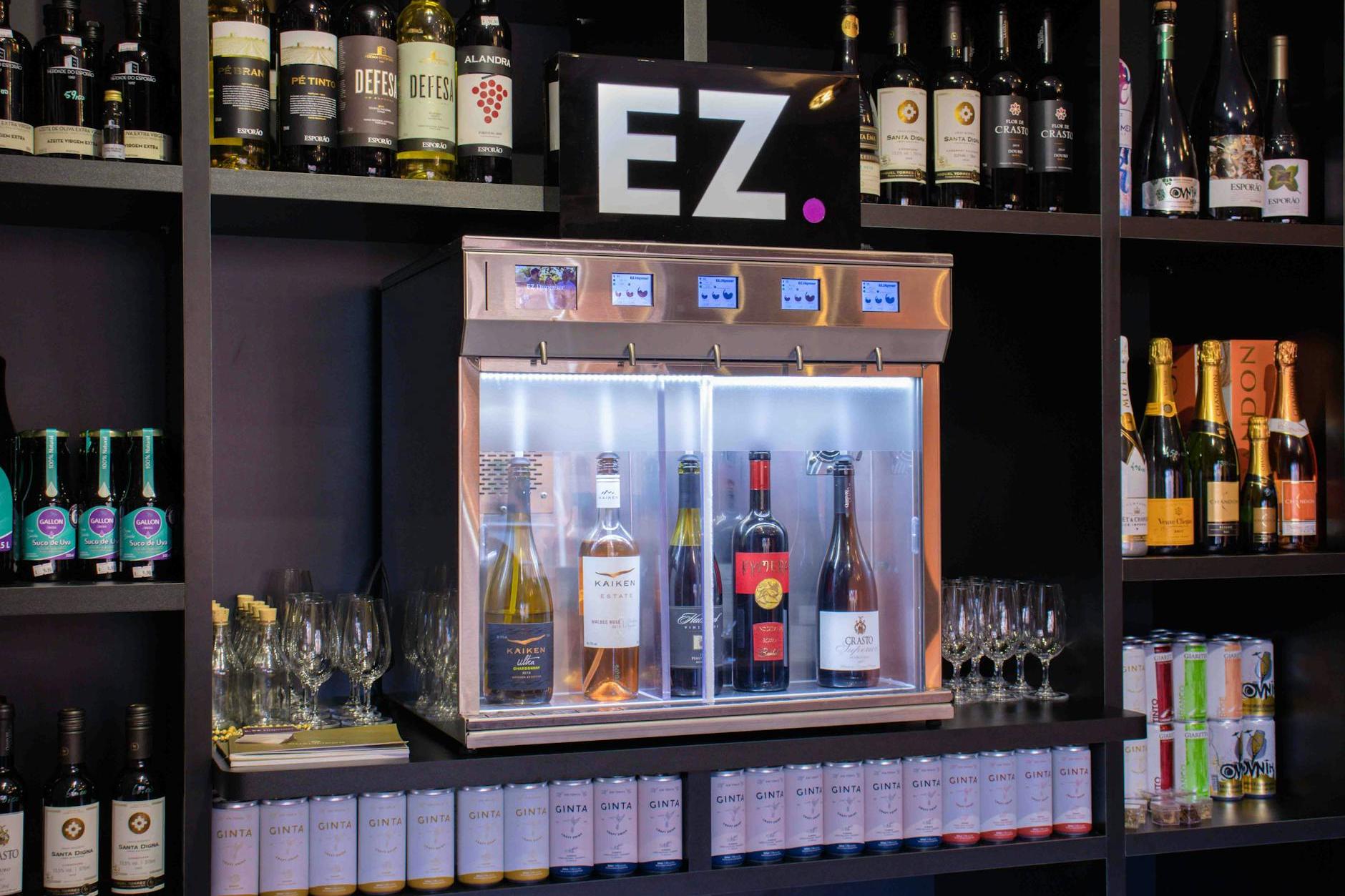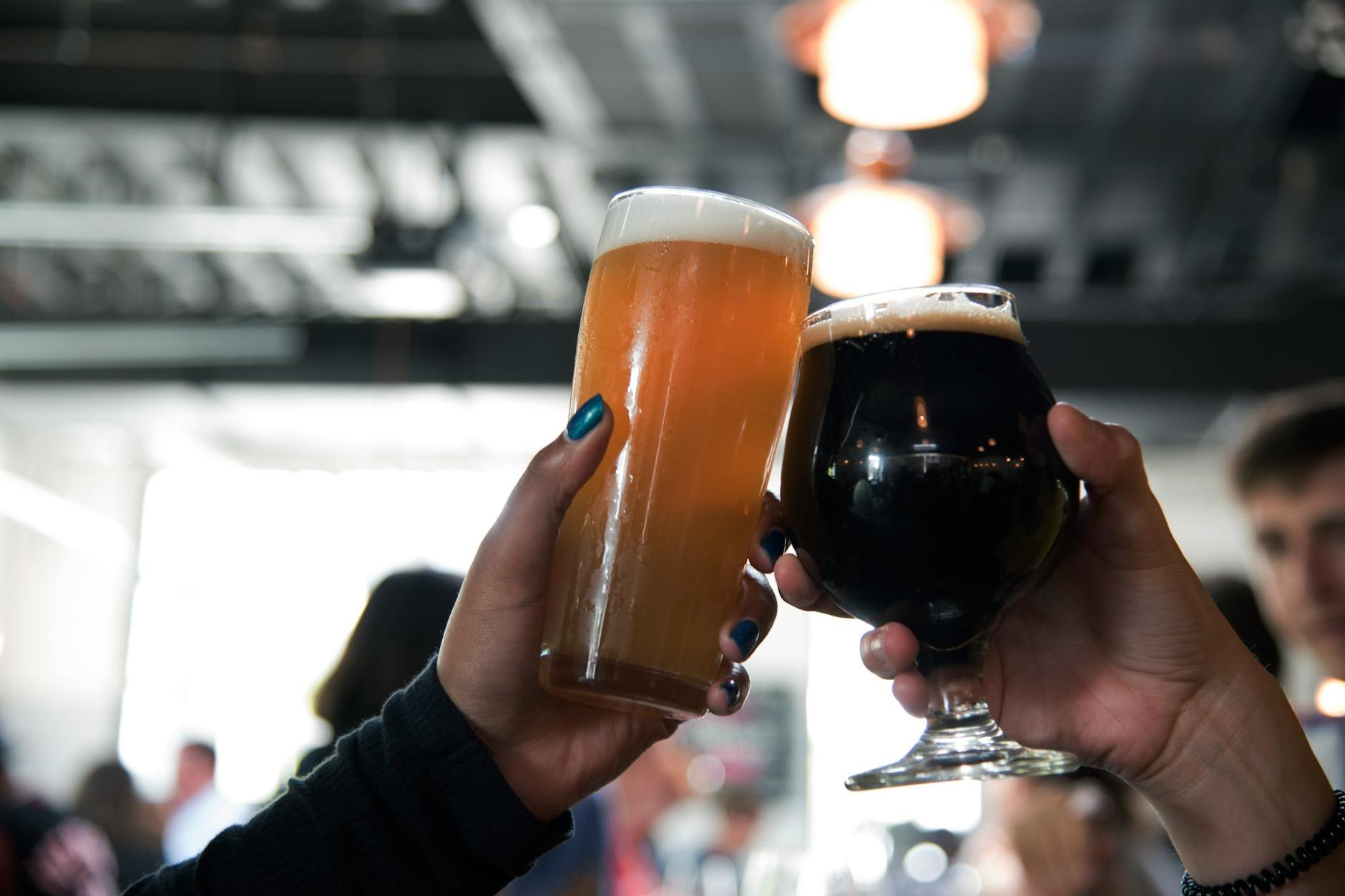- Shanghai Zhongshen International Trade Co., Ltd. - Two decades of trade agency expertise.
- Service Hotline: 139 1787 2118

Real Cases I Witnessed at Customs
Last year, I handled a case involving the import of German craft beer, where the client mistakenly declared 330ml bottled products as canned, resulting in the entire shipment being held at customs for three weeks. It is precisely this kind of loss caused by oversight of details that I aim to help you avoid through this article.
Three Major Misconceptions About Imported Beer Customs Clearance
- Misconception 1: "Beer is just beer":Customs categorizes malt beverages into six different tariff codes based on malt concentration, packaging specifications, and alcohol content (required to be precise to 0.1% vol), with the highest tax rate difference reaching up to 12%.
- Misconception 2: "Labels can be affixed later":Starting from 2025, imported prepackaged food must complete Chinese label filing. If unlabeled products are discovered during on-site inspection, they will be directly returned.
- Misconception Three: "Estimating Taxes on Your Own":A certain Belgian white beer was levied additional excise tax due to its failure to declare the secondary fermentation process in the bottle.
Customs Clearance Flowchart Illustration
| Stage | Key actions | Time Limit Reference |
|---|---|---|
| Pre - preparation | Record-filing for Imported Food, Record-filing for Consignee and Consignor | 15 working days |
| Declaration link | Commodity code confirmation,It is recommended to verify through the following methods:Book acquisition | 3 Working Days |
| Port inspection | Label Compliance Testing, Quality Sampling | 5-7 business days |
| Tax Payment | Customs Duty + VAT + Consumption Tax (under specific circumstances) | 1 working day |
List of Essential Documents
- Agency export agreement (original)
- Trade Contract / Proforma Invoice
- Maritime TransportationThe original bill of lading
- Certificate of Origin (Required for Preferential Treatment)
- Special documents:
- Hop Origin Certificate (for German/Czech regions, etc.)
- Fermentation Process Description (Secondary fermentation involved must be provided)
- Notarized Document of Filling Date (Special Requirement for Shelf Life Less Than 90 Days)
Special Notes on Craft Beer
A certain American craft beer brand was classified as a compounded liquor due to undeclared addition of coffee extract, resulting in an increase in tariffs from 14% to 40%. Special attention is advised:
- Additives must be listed separately (e.g., fruits/spices/lactose, etc.).
- The type of yeast must be specified (top-fermenting/bottom-fermenting).
- The embossed pattern on the bottle body needs to be filed in advance (it may be recognized as a trademark change).
Three Golden Criteria for Selecting an Agency
- Food Customs Clearance Case Database:Request to view customs clearance records for the same product category in the past six months.
- Emergency handling ability:Can a solution be provided within 48 hours when an inspection exception occurs?
- Cost Transparency:Beware of the "lump-sum price" trap and confirm whether it includes:
- Label rectification service fee
- Port Demurrage Fee Advance Service
- Appeal for Dispute over Tariff Classification
Practical advice for importers
It is recommended to sign theforeign tradeBefore signing the contract, require the supplier to provide: ① On-site video of the filling line ② Raw material ratio table ③ Production line hygiene certification. These materials can reduce the filing time by at least 5 working days. A Spanish client achieved a record of customs clearance within 3 days of arrival using this method.
Final reminder: In 2025, the General Administration of Customs will implement the new version of the "Import Food Risk Warning List." It is recommended to pay special attention to regulatory updates for categories such as Czech Pilsner beer and British cask ale. Keep this customs clearance guide handy—it will surely help you avoid detours when importing beer next time.
Related Recommendations
Category case
Get in Touch
Email: service@sh-zhongshen.com
Related Recommendations
Contact via WeChat

? 2025. All Rights Reserved. Shanghai ICP No. 2023007705-2  PSB Record: Shanghai No.31011502009912
PSB Record: Shanghai No.31011502009912









